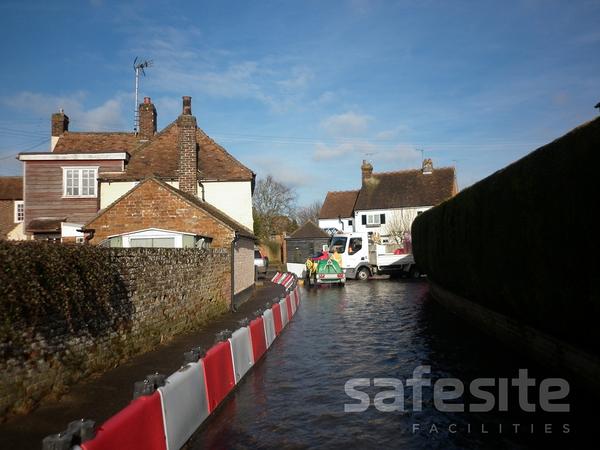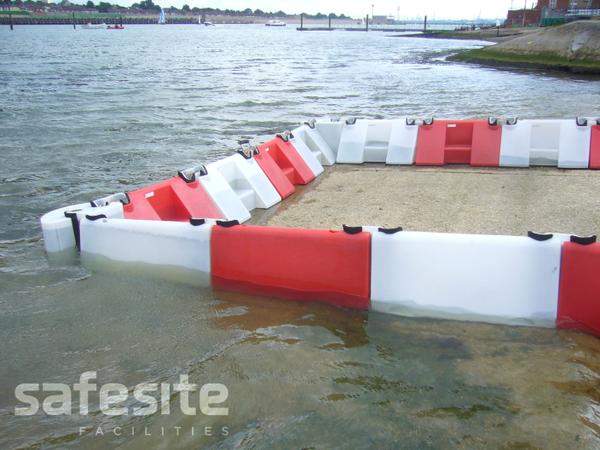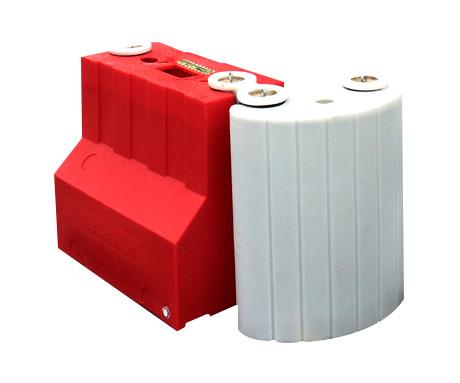Subscribe to our newsletter
Sign up for the latest news & offers from SafeSite
Quick and competitive quotes. Nationwide coverage
Quick quotes. Nationwide coverage
As the seasons change and wet weather descends on the UK, it’s time to be proactive about flood defence. As highlighted by the National Environment Research Council (NERC), UK winters are becoming significantly warmer and wetter, as clearly demonstrated across the many areas of the UK which suffered extreme flooding throughout the winter of 2016-2017.
An added complication occurs when, as in many areas of the UK, homes have been built on flood plains. Removal of natural barriers such as hedgerows and woodlands puts homes and businesses in these areas at additional risk of flooding.
Aside from the need to take individual and collective responsibility for reducing climate change, individual homes and businesses also need to be proactive in helping to prevent flood damage when the worst happens. But which is the best way to do this? Do sandbags still have what it takes, or is it time to ditch the traditional and manage extreme flooding with more robust prevention, such as plastic flood barriers?

We’re all familiar with the image of sandbags for defence, particularly against flooding – most news images of the UK’s extreme floods in recent years have shown them in use and this is because they traditionally offer several distinct advantages, being:

However, sandbags have a limited effect when it comes to providing a solution for flooding – at best they may delay the inevitable and at worse, they may even exacerbate issues such as health risk as flood water subsides. Common problems with using sandbags as flood defence are:
As such, and as flooding in the UK has made the headlines frequently in recent years and particularly in 2016 (BBC News), the overall effectiveness of sandbags against flooding has been called into question.

Like sandbags, plastic flood barriers offer a simple design: modular plastic barrier units with self-filling holes which retain flood water. Available in two sizes, 500mm and 900mm, plastic flood defences offer plenty of options for deployment in relation to level of risk.
However, unlike sandbags plastic flood defence barriers can be extremely effective, not just when it comes to flood prevention but across the whole flood duration:
Before – can be quickly deployed, even at short notice and even by one person as required. Runs of barriers can be assembled to face any direction, with opening as appropriate to maximise effectiveness.
During – as waters rise, these hollow modular barriers actually fill with flood water. Working alongside in-built weighted universal keys, it’s the weight of the flood water which helps to keep the barriers in place without bolting.
After – as flood water recedes, the water in the units simply drains away so that the barriers return to their previously empty state, light enough to be removed with the same ease with which they were deployed.

With this very fit-for-purpose specification, plastic flood barriers offer several distinct advantages, offering:
In fact, one of the very few drawbacks to using plastic flood barriers is that their innovative design is for optimum performance on relatively flat surfaces, to allow them to be fully effective in creating a ‘seal’ against rising flood waters. However, this too can be a similar issue for sandbags which may also not sit well on undulating ground and frequently allow seepage. Given that part of the flooding problem in floodplain areas is that this is flat land close to rivers and waterways, plastic flood barriers could be an effective solution.
Finally, another benefit of plastic flood defences comes because, unlike sandbags, they can be an approved preventative measure with some flood insurers. Now this won’t necessarily mean cheaper flood insurance but it can, in some areas and with some insurers, make a difference between being able to get insurance or not.
To also help with costs, it may also be possible to hire, rather than purchase plastic flood barriers from SafeSite Facilities, perfect for use across the wettest UK season! Just contact us to find out more.
We respond in under 30 mins on average (excl. weekends)